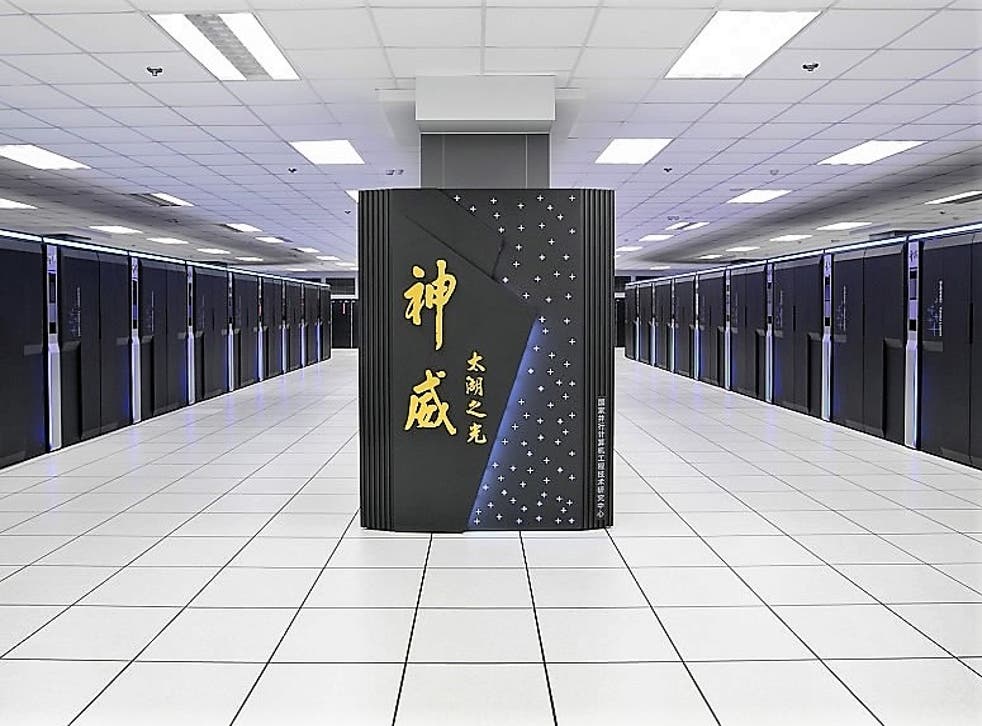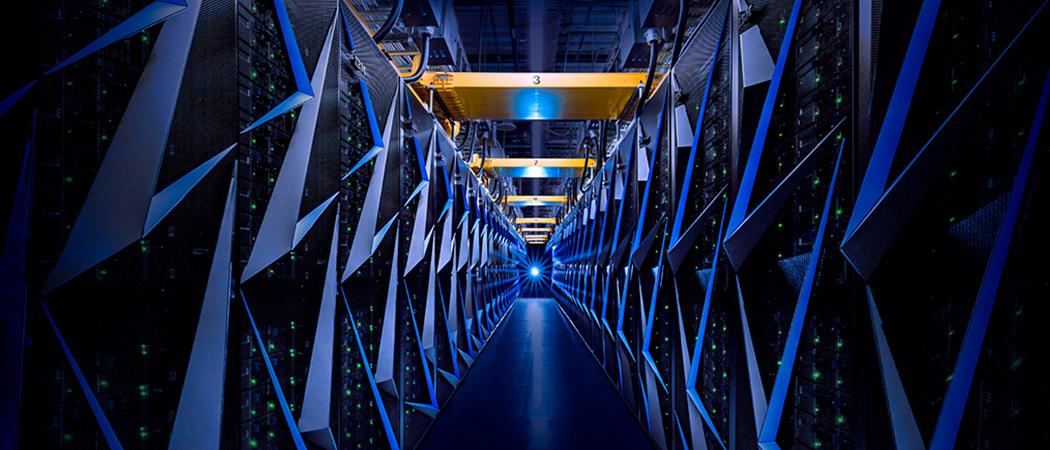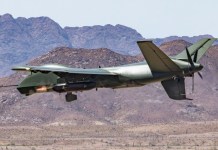In the latest series of claims and counterclaims, Chinese scientists recently claimed to have run an artificial intelligence program with architecture as complicated as the human brain.
China’s Longest Intrusion! PLA Navy Ships Made A 64-Hour Long Intrusion Near Disputed Islands — Japan
The AI model, dubbed “BaGuaLu” or “alchemist’s pot,” was run on the latest generation of the Sunway supercomputer at the National Supercomputing Center.
The report, citing Chinese scientists, said that the AI model with 174 trillion parameters could be used for several applications ranging from autonomous vehicles to scientific study.
The data was presented in April during a virtual meeting of Principles and Practice of Parallel Programming 2022, an international conference held by the Association for Computing Machinery (ACM) in the United States.
The result places the Newest Generation Sunway supercomputer on the level with Frontier, the latest machine developed by the US Department of Energy.
The Sunway TaihuLight is the world’s fourth most powerful supercomputer. Still, the researchers assert that the most recent demonstration places it on a level with the US Frontier, which tops the list.

A list of Top 500 supercomputers named Sunway the most powerful machine between 2016 and 2018. Chinese institutions no longer provide performance data for the list. The Top 500 rankings still include 173 supercomputers from China.
The report added that the Sunway supercomputer has more than 37 million CPU cores, four times as many as the US-based Frontier supercomputer. Additionally, the system has nine petabytes of memory, equal to more than 2 million HD movies.
One researcher claimed that the latest Sunway’s power allowed it to perform parallel computing in a way that resembled human thought, describing it as “like eating while watching television.”
The scientists claimed to have obtained “decent performance” from the unprecedented “brain-scale” AI model by merging essential technologies such as hardware-specific intra-node optimization and hybrid parallel methods on a never-before-seen scale.
According to publicly accessible information, the new machine, like its predecessor, employs home-designed processors with unique energy-saving and extensive communication bandwidth capabilities.

China’s Advancement In Supercomputer Arena
Since 2016, China has been building three exascale supercomputers, each of which can process at least one exaflop of calculations per second. The general assumption is that these computers will perform at a level comparable to the new Sunway.
Exascale supercomputers are the next generation of supercomputers, enabling scientists to more accurately and swiftly simulate the complicated processes involved in the stewardship of stockpiles, medicine, biotechnology, sophisticated manufacturing, energy, material design, and the physics of the universe.
Zhejiang Lab in Hangzhou, a Sunway user, shared in November that the new machine had reached a speed of 4.4 exaflops. However, it provided no additional information.
Chinese supercomputers were once viewed as vanity projects with little use in business or academic study. On the other hand, scientists using these tools argue that the situation has radically changed.

Researchers employed the latest generation Tianhe supercomputer – another exascale machine – at the National Supercomputing Center of Tianjin for the speedy screening and identification of medications to fight the coronavirus.
In recent years, Chinese programs modeling atmospheric dynamics, earthquakes, and quantum circuits have also obtained the ACM’s Gordon Bell Prize, known as the Nobel Prize for high-performance computing.
Jack Dongarra, a US supercomputing expert, told the Financial Times, “The build-up in China’s supercomputing program, which dates back more than two decades, has led to a ‘stunning situation’ where the country now leads the world.”
Relying On Domestic Tech?
Some industrial experts believe the Chinese government may be hiding critical facts about its supercomputers to prevent the US from imposing unilateral penalties.
In 2019, the US announced targeted bans against five Chinese supercomputing organizations. A year later, it followed up with additional sanctions against seven other organizations. The second wave was introduced a month after China’s first exascale system was activated.
The technology used in an earlier Chinese attempt to break the exascale barrier came from the US chipmaker AMD, making it more vulnerable to US trade restrictions. However, the current two exascale systems developed by China, in contrast, are now based on homegrown chip designs.
China presently has more supercomputers in the Top500 list than the United States. According to Horst Simon, former deputy director of the US energy department’s Lawrence Berkeley national laboratory, the country with the most advanced supercomputers has a clear advantage in national defense over its competitors.
For years, China has been developing a domestic supercomputing sector. The advent of the exascale computer era may provide an opportunity to gain a more precise lead.
- Contact the author at ashishmichel@gmail.com
- Follow EurAsian Times on Google News





